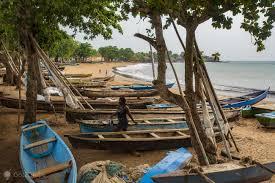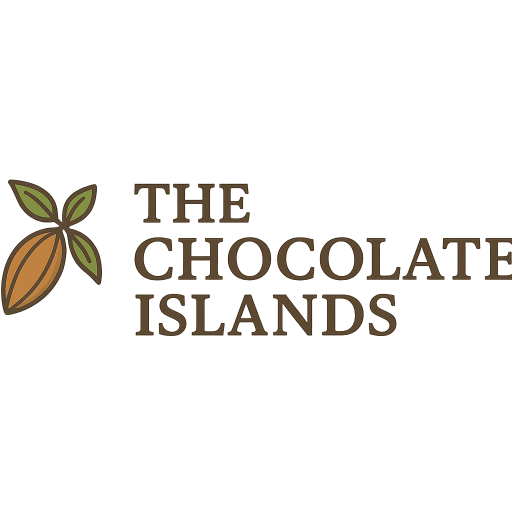Sao Tome Fishing
Sao Tome Fishing
São Tomé Fishing – A Real-World Guide
São Tomé fishing remains one of the most grounded and demanding ways to experience the islands. Offshore waters turn deep quickly, a result of their volcanic origins, and this brings gamefish within reach of small boats. Confirmed species include blue marlin, yellowfin tuna, dorado, wahoo, and sailfish. Marlin and tuna are strongest from May to mid-October, with July to September offering the most reliable catches. Sailfish and wahoo pick up from September through December, while dorado follow the same May to October pattern as tuna.
There are no marinas, no tackle shops, and no organised charter fleets. Boats are local wooden launches, often open and basic, and visitors should not expect modern safety equipment. Offshore trips can only be arranged directly with local crews, and all gear must be brought from abroad. This absence of infrastructure is part of the reality: it keeps the islands wild but makes preparation essential.
Offshore São Tomé Fishing – How It Works
Deep water begins close to shore. These steep underwater slopes bring pelagic species within a few kilometres of the coast. Offshore trips depend on weather, sea state, and local availability. There is no timetable or booking system, and conditions are unpredictable. For anglers, this means both opportunity and challenge: fish move through accessible waters, but trips are informal and entirely dependent on local arrangements.
Inshore Fishing on São Tomé
Closer to land, the volcanic coastline creates reefs, currents, and rocky headlands such as Boca do Inferno. Inshore species reported include jack crevalle, barracuda, snapper, grouper, dorado, and skipjack. Numbers vary with conditions and with local fishing pressure, as nets and spearfishing are part of subsistence life. For visitors, inshore fishing is about persistence and observation rather than guaranteed results. The settings are dramatic, and the chance of meeting fish in lightly pressured waters remains real. Strap a rod to your back, pack a few lures, and cruise around on a motorbike trip.
Tackle and Preparation for São Tomé Fishing
There are no fishing supply shops on São Tomé or Príncipe. Visitors must bring everything they need: rods, reels, leaders, lines, lures, and personal safety equipment. Local boats rarely carry Western-standard gear. Effective preparations usually include both spinning and trolling tackle, with lures suited for reef edges and fast-moving offshore species. Extra gear left behind is welcomed and quickly put to use by local crews or young anglers.
Best Time to Fish São Tomé
The best time to fish São Tomé is during the calmer months of the dry season. Offshore fishing is possible much of the year, with the most reliable window from May through December. Marlin, tuna, and dorado are strongest from May to mid-October. Sailfish and wahoo are most active from September through December. Dry season months—June to September and December to February—bring the steadiest offshore weather. Between mid-July and mid-September, humpback whales migrate past the islands and are frequently seen offshore.
Príncipe Fishing and Conservation
Príncipe fishing is small-scale and tied closely to daily life. The island is recognised as a UNESCO Biosphere Reserve, and industrial fleets are excluded from its coastal waters, which are reserved for artisanal use. Local fishermen work with nets and handlines, targeting food species such as tuna and wahoo. There are no trophy landings or commercial fleets. Visitors who do arrange Príncipe fishing should respect these practices, release fish they cannot use, and accept that the islands are not structured as a sport-fishing hub.
São Tomé Sportfishing Reality
São Tomé sportfishing exists, but only on local terms. Some visitors target pelagic species such as tuna, wahoo, or dorado by arranging trips directly with local crews. There are no marinas or dedicated fleets, and equipment is limited, so travellers should come fully prepared. What São Tomé sportfishing offers is not a polished industry but access to wild waters where catches are possible within a few kilometres of the coast. For committed anglers, this raw setting is part of the appeal.
Fishing Culture in São Tomé
Fishing here is daily life. Crews leave before dawn, children fish with handlines from rocks, and nets are spread across the sand to dry. This is not a tourist industry but a subsistence culture. Visitors who arrive prepared and respectful will find São Tomé fishing to be rare: waters with little pressure, catches that feel like new discoveries, and a coast where fishing is still part of survival rather than spectacle. It’s the kind of place that rewards curiosity, patience, and the willingness to go without a plan. If you're exploring the island more broadly, don't miss Praia Banana — a quiet, photogenic curve of sand that's just as untouched as the waters offshore.

